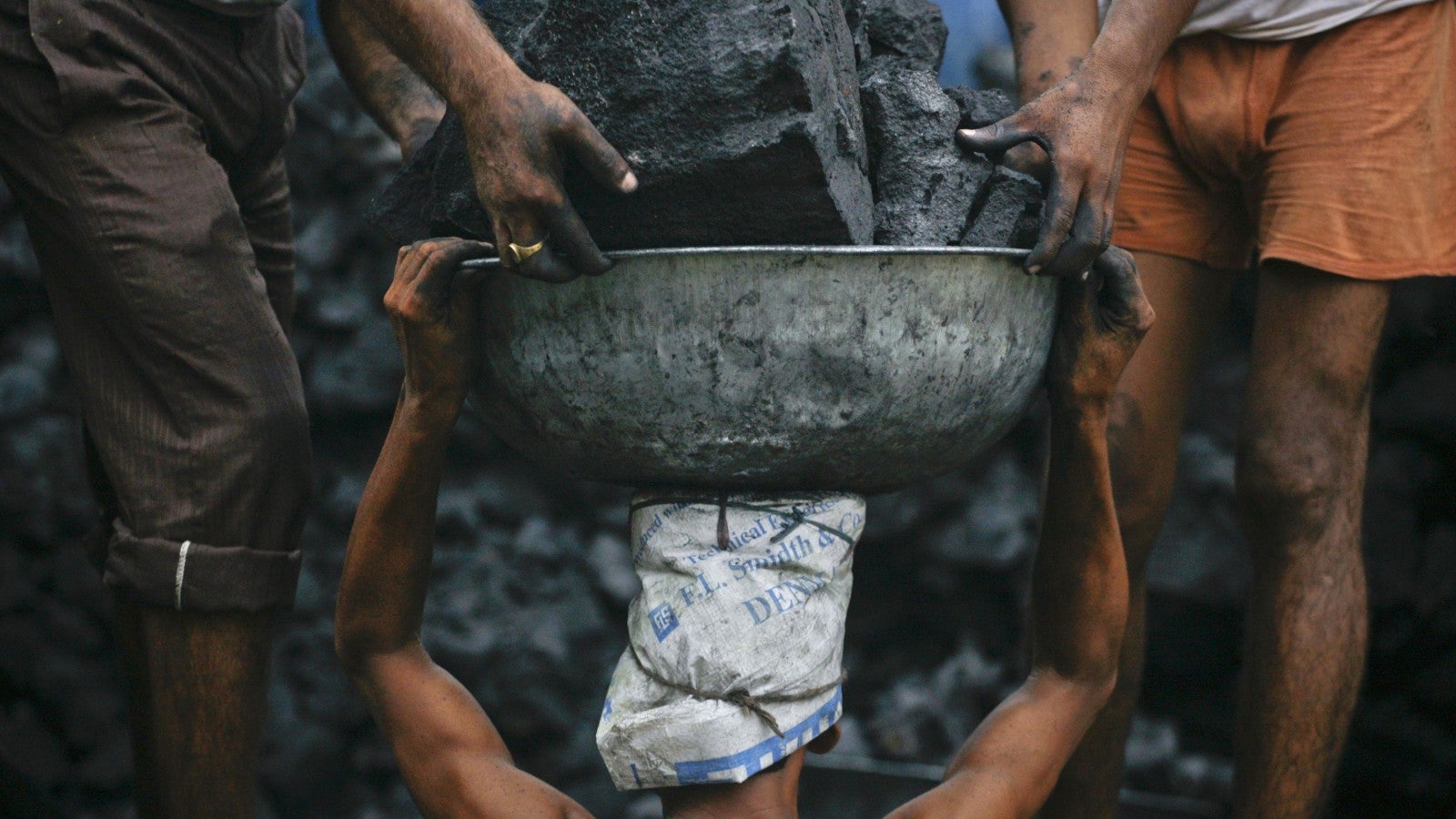If we care about the climate, why are we planning so many coal-fired power plants?
The world is preparing to build 2,440 coal-fired power stations, which may seem odd given that world leaders recently launched high-profile talks in Paris to come up with a global agreement to limit global warming.


The world is preparing to build 2,440 coal-fired power stations, which may seem odd given that world leaders recently launched high-profile talks in Paris to come up with a global agreement to limit global warming.
According to Climate Action Tracker, an environmental NGO, the pollution from that many coal plants—which have either been announced, are in pre-permit phase, are permitted, or are under construction—would ruin any chance for limiting global warming to less than 2°C, a commonly held goal (pdf). In fact, the coal plants alone would mean overshooting emissions goals by 400%.
Climate Action Tracker, a research consortium that recommends that all the planned plants (mapped here) be scrapped, notes that these plans are regularly altered and, indeed, canceled. But why are countries still planning to build so many coal plants?
The first answer is history. China, in particular, has made a big shift in its climate policy recently, and some of its planned power stations may have been in the works since before the change. In 2014, a bilateral agreement between China and the US saw the former pledge to cap its absolute carbon emissions by 2030.
Historically, China pegged its greenhouse gas emissions to GDP, meaning that reductions in emissions per unit of production would still result in higher pollution overall as its economy grew. Now, “that peak in emissions is an important goal,” says Kyung-Ah Park, head of the environmental markets group at Goldman Sachs. China has recently overtaken other countries to become the biggest installer of renewable technologies.
Another reason why so much coal-fired electricity capacity is planned when it’s incompatible with climate goals is the thorny matter of equality. India still pegs its emissions-reduction goals to GDP growth, giving itself room to develop its economy. Poorer countries argue that they should be able to emit more carbon now than richer countries, which made economic gains from emissions in the past.
A third reason is technology. Coal is a big polluter, but it’s still one of the most reliable ways to generate constant “baseload” electricity. Fossil-fuel stations will be required for years to come, many believe, given the intermittent nature of renewable technologies. Finding a reliable way to store electricity when the wind isn’t blowing or the sun isn’t shining would would see the industry “revolutionized” Dorothy Thompson, CEO of Drax, Europe’s biggest coal-fired power station, recently told Quartz.
Carbon capture and storage, or CCS, has also long been discussed as a way to continue burning fossil fuels, but prevent the harmful emissions entering the atmosphere and instead capture and sequester them, probably underground. Despite the excitement, the costs have proved prohibitive and no large-scale CCS installations are yet in operation, according to the International Energy Agency (IEA).
And finally, coal is cheap. Put simply, if the cost of burning it is low, it will get burned.
A lack of clear and consistent charges for emitting carbon—via trading programs, taxes, or other levies—keeps the price of high-emitting coal lower than it might otherwise be. Coal is also actively supported financially by many governments: fossil fuel subsidies are worth some $490 billion per year, outstripping support for renewable-energy sources by more than three times, according to the IEA.